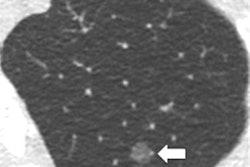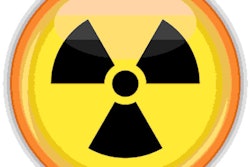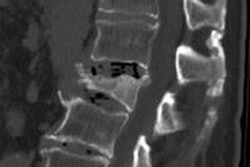Researchers at NYU Langone Medical Center found that ultralow-dose CT can detect fractures just as well as standard CT, according to a study presented at the American Academy of Orthopaedic Surgeons (AAOS) meeting in Orlando, FL.
Dr. Sanjit Konda and colleagues included 50 patients showing clinical symptoms of joint fractures who received ultralow-dose radiation CT scans between August 2014 and March 2015. For these low-dose scans, the average amount of radiation was reduced from 0.43 mSv to 0.03 mSv -- equivalent to the average dose given in a routine chest x-ray. The team then compared images from these scans to a sample of age-matched, similar fracture injuries where patients were evaluated with a standard CT scan.
Konda's team achieved 98% sensitivity and 89% specificity with the ultralow-dose CT scans, comparable to 98% and 85%, respectively, with the conventional CT scans.
"We have taken a frequently used and necessary imaging test and made it safer," Konda said in a statement released by NYU Langone. "Providing patients with a CT scan with 14 times less radiation could have significant implications from a public health and safety standpoint."



















